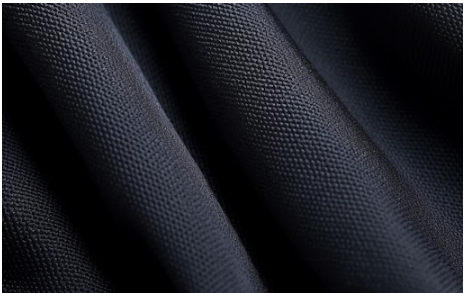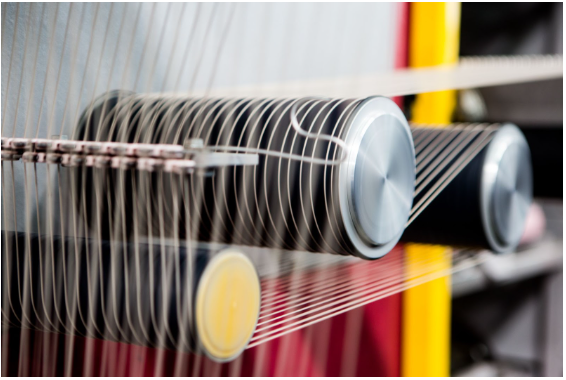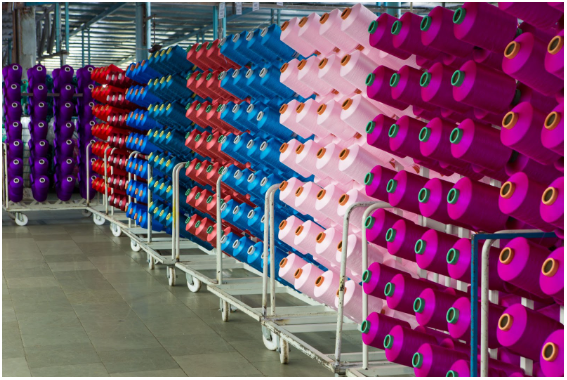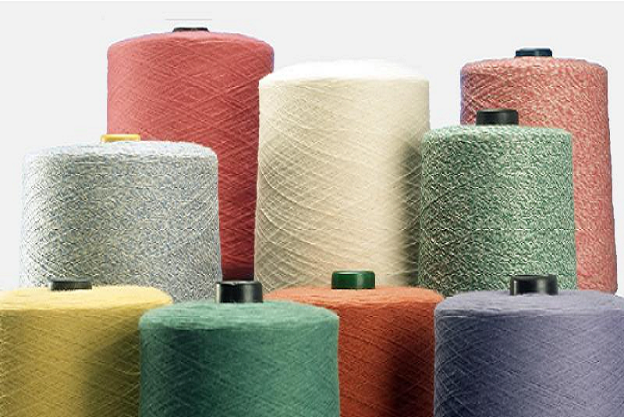In the dynamic realm of materials science, industrial fabrics stand as silent revolutionaries, shaping the backbone of countless applications across diverse sectors. From the robust fibers reinforcing aircraft components to the intricate weaves safeguarding workers in hazardous environments, these engineered textiles are the unsung heroes of modern industry. As we delve into the fascinating world of industrial fabrics, we’ll uncover the unique properties that make them indispensable, with a particular focus on the game-changing capabilities of industrial nylon and the versatile potential of woven structures.
Nylon 6: The Powerhouse of Industrial Yarns
Nylon 6, a synthetic polymer known as polycaprolactam, has emerged as a vital player in the industrial yarns sector, offering a unique combination of strength, toughness, and flexibility due to its molecular structure. Developed as an alternative to nylon 6,6, it excels in applications like conveyor belts, automotive components, and marine ropes.
AYM Syntex has pioneered advancements in nylon 6 yarns, enhancing their strength, dimensional stability, and environmental resistance through optimized production processes. With ongoing research and development, nylon 6 is set to further expand its role in creating innovative, high-performance materials for diverse industrial applications.
Woven Industrial Fabric: Engineering Performance Through Structure
Woven industrial fabrics represent a blend of ancient textile techniques and modern materials science, allowing for the creation of highly specialized fabrics tailored to meet diverse industrial needs. By interlacing warp and weft yarns, engineers can achieve high strength, dimensional stability, and controlled porosity, making these fabrics ideal for applications like geotextiles, conveyor belts, and automotive components.
The choice of weave pattern—such as plain, twill, or satin—significantly impacts the fabric’s properties, enabling customization for specific applications. Advancements in weaving technology, including multi-layer and hybrid yarn techniques, enhance performance and expand the scope of applications, including protective clothing and industrial filtration. As innovations continue, woven industrial fabrics are set to play a crucial role in developing smart textiles and lightweight materials for future industries.
AYM Syntex: Pioneering Innovation in Industrial Yarns
AYM Syntex’s expertise in nylon yarn production is particularly noteworthy. Their advanced nylon 6 yarns have set new standards for performance and versatility in industrial applications. By fine-tuning the polymer structure and optimizing the production process, AYM Syntex has created nylon yarns that offer enhanced strength, improved dimensional stability, and superior resistance to environmental factors.
One of the key innovations from AYM Syntex is their implementation of polycycle technology. This groundbreaking approach to nylon production focuses on creating high-quality yarns from recycled materials, effectively closing the loop in the nylon lifecycle. The polycycle process begins with the collection and sorting of post-consumer nylon waste, which is then chemically broken down into its basic building blocks. These reclaimed monomers serve as the raw material for producing new nylon 6 fibers that are virtually indistinguishable from virgin nylon in terms of quality and performance.
Also Read: A Complete Guide of Industrial Yarn
Conclusion
The journey through the world of industrial fabrics reveals a renaissance fueled by continuous innovation and the evolving needs of society. From the strength and versatility of nylon, highlighted by AYM Syntex’s advanced nylon 6 yarns, to the enduring qualities of natural fibers like wool, this field exemplifies how tradition and modernity can coexist.
Woven structures showcase the importance of fiber arrangement in creating tailored solutions, while the future promises even more advanced and sustainable textiles, including smart materials that respond to their environment.
Companies committed to innovation and responsible manufacturing are shaping this future, ensuring that industrial fabrics remain pivotal in addressing 21st-century challenges like climate change and resource scarcity. As we weave the future of industry, the potential for industrial fabrics is both boundless and inspiring, marking the beginning of an exciting new chapter.




